This is a homework assignment, so any help is appreciated.
I should prove that the following problem is NP-complete. The hint says that you should reduce the subset sum problem to this problem.
Given a set of shapes, like the below, and an m-by-n board, decide whether is it possible to cover the board fully with all the shapes. Note that the shapes may not rotate.
For example, for a 3-by-5 board and the following pieces, the board can be covered like this:
Now the important thing to note is that the subset sum problem we are trying to reduce should be given input length polynomial in terms of m and n.
Any ideas for using another NP-complete problem are appreciated.


